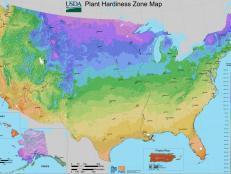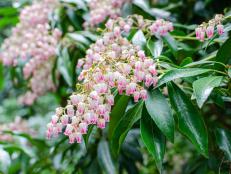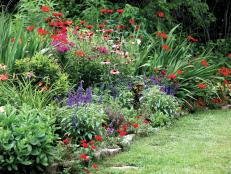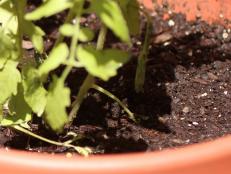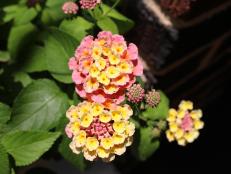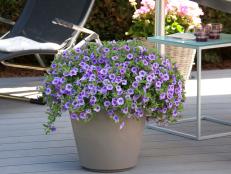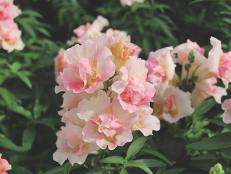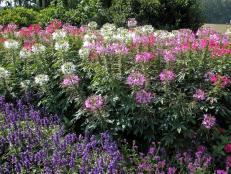Paul's Plant Picks: Crocosmia, Cattail and Castor Bean
Master gardener Paul James suggests these three plants for the garden.
Crocosmia

The fiery orange-red crocosmia (Crocosmia x crocosmiiflora) develops from a corm, which is a bulb-like structure. The clusters of tubular flowers lie atop long, curving stems and attract hummingbirds. Crocosmia prefers full sun to part shade and generally tolerates well-draining to semi-moist soils. Native to South Africa, it's hardy to USDA Zone 7 yet marginal in Zone 6 when covered with a thick layer of mulch in winter. In colder climates, the corms can be dug in the fall and stored inside.
Cattail
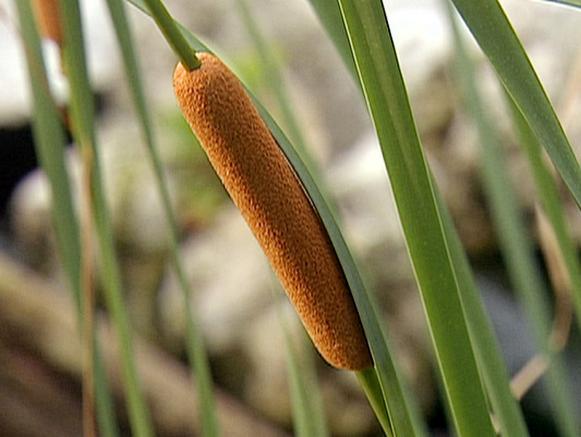
A water-loving plant, cattails (Typha latifolia) are usually found planted along a streambank or in a pond. Late in the season, brown cylindrical seed heads form that are most often associated with cattails. It has green swordlike, or grasslike, leaves with variegated selections available. It grows to about eight feet tall in marshy soils. Hardy to USDA Zone 3. A dwarf selection is available but is only hardy to USDA Zone 8. Caution: this plant can spread rapidly in boggy soils, so make sure to keep the plant in check through maintenance practices or by planting it in a contained area.
Castor bean

Castor bean (Ricinus communis) is a large-sized annual with a unique leaf that resembles a giant Japanese maple leaf. Its foliage is reddish purple with red petioles, but perhaps more spectacular is the bright red, spiny fruit. Castor bean can grow five to eight feet tall. Plant in full sun in a well-drained soil. Caution: all parts of this plant are poisonous, especially the bean from which castor oil is produced. Keep it away from children and pets.






